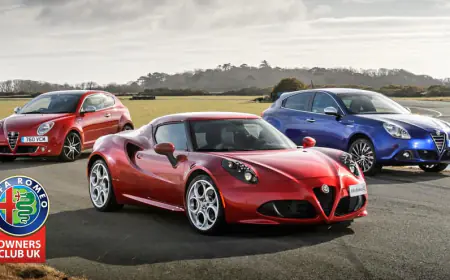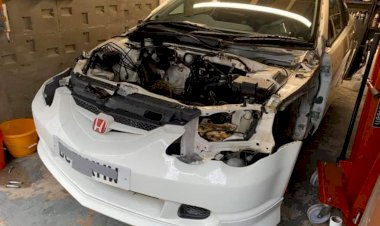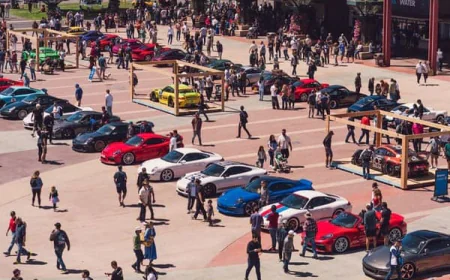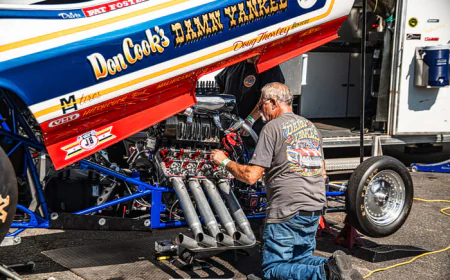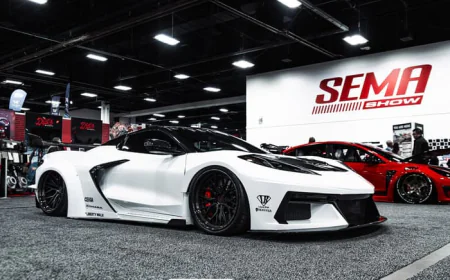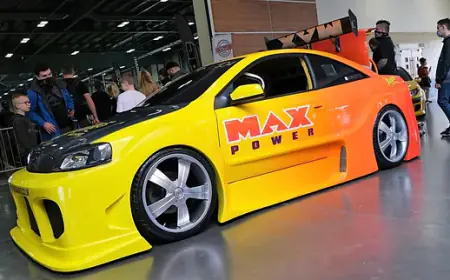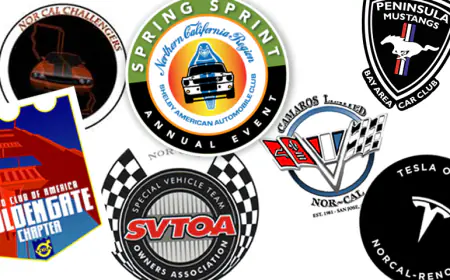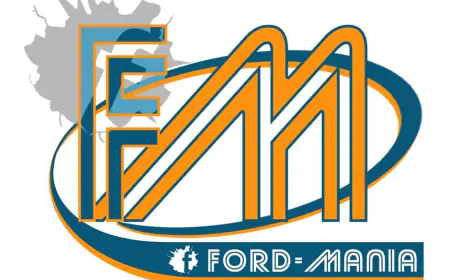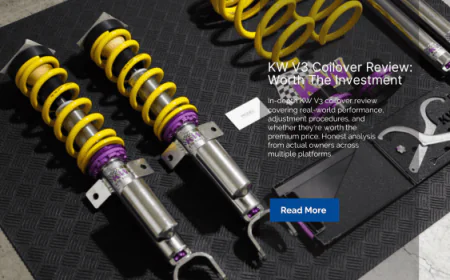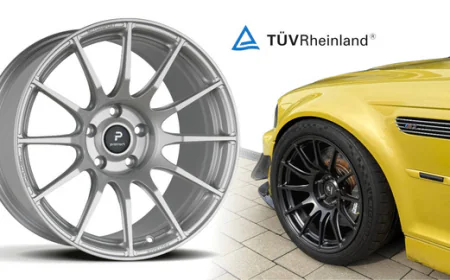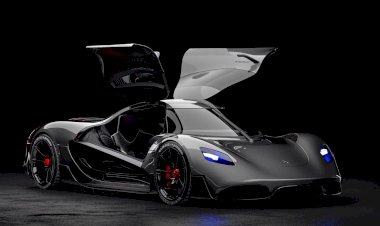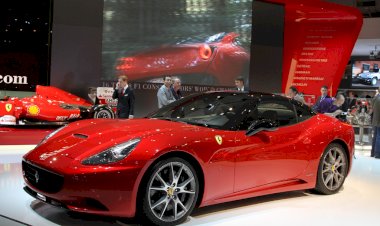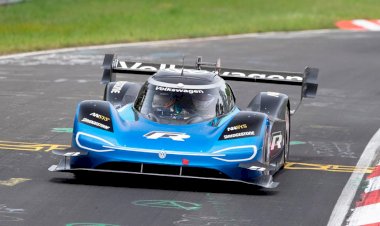Ferrari Unveiled Newest Mid-Engine Super car
Ferrari unveiled its newest mid-engine supercar, the 296 GTB. While the styling is certainly worth talking about, it's the powertrain that has us most interested. Behind the cabin sits an all-new internal combustion V-6 developed from scratch, and the details are wild.
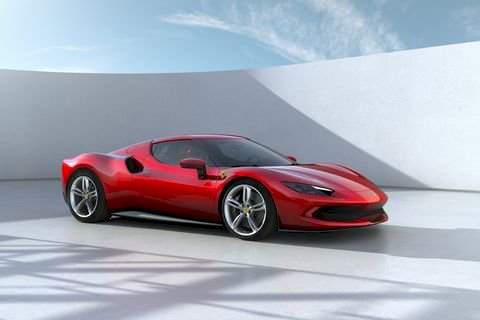
All the Cars in the Online Version of our Magazine will eventually appear in our Fully Printed Magazine, the cars with the most views, appear sooner so keep sharing your articles with the share buttons at the top of the articles, or copy the web link into Bios, Posts on Social Media and the Internet.
Ferrari unveiled its newest mid-engine supercar, the 296 GTB. While the styling is certainly worth talking about, it's the powertrain that has us most interested. Behind the cabin sits an all-new internal combustion V-6 developed from scratch, and the details are wild.
With a specific output of 218 hp per litre, this engine, designated F163, is the most power-dense motor ever put into a production car. It makes a total of 654 horsepower from just 2992 cc of displacement, an unheard-of output that surpasses even AMG's crazy inline-four and Bugatti's dominating W-16. How did Ferrari do it? Well, it wasn't just one big thing. It's a collection of small improvements that add up.
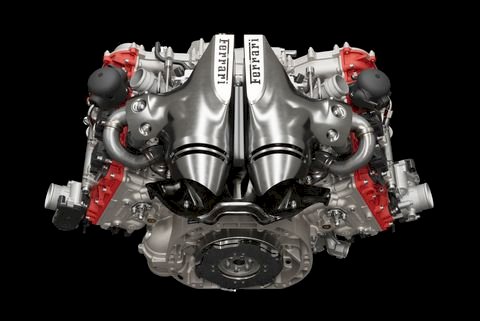
The biggest news is the 120-degree angle of the vee. Like the engine found in Mclaren's new Artura, Ferrari found that this setup was the best compromise of power, weight, and packaging. It allowed engineers plenty of room to fit up the turbos as closely as possible to the exhaust exits without compromising on flow, and thanks to its nearly flat layout, the centre of gravity are lower as well.
Then there's the engine's basic structure. The aluminium block and heads were developed with new alloys from scratch to withstand as much chamber pressure as possible without sacrificing weight or reliability. The chambers themselves take their tech from the SF90 Stradale, with redesigned intake and exhausts ducts to optimize flow.
If you're familiar with how air-fuel mixtures work, you'll know having high levels of turbulence and an even spread of fuel throughout can mean massive power and efficiency gains. Ferrari knows this too, which is why it's implemented an ultra-high-pressure direct injection system that shoots fuel into the chamber with 5000 psi of force. Combined with the redesigned ducts, it ensures the air and fuel get mixed as thoroughly as possible before ignition occurs.
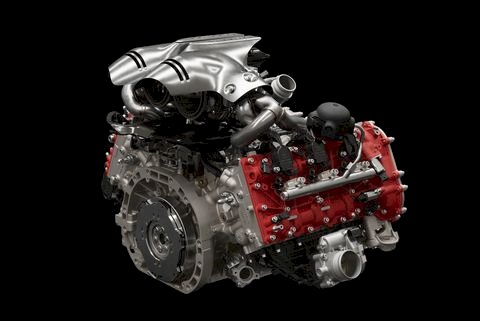
The mono-scroll IHI turbochargers aren't just some take-off set from the F8 Tributo or SF90. They've been totally redesigned with stronger metals to withstand more revs—a maximum of 180,000 rpm, to be exact. The changes, which resulted in a five per cent reduction in compressor wheel diameter and an 11-per cent reduction in turbo rotor diameter versus the V-8-paired models, have increased efficiency by an incredible 24 per cent and decreased rotating mass by 11 per cent, according to Ferrari.
This new placement of the turbos inside the vee of the engine means the intake now sits on the outside of the cylinder heads, eliminating the need for the tall, heavy intake plenum components you'd find on any other new Ferrari. The intake is made from a "light thermoplastic material," which might sound cheap, but really, it's to save weight.
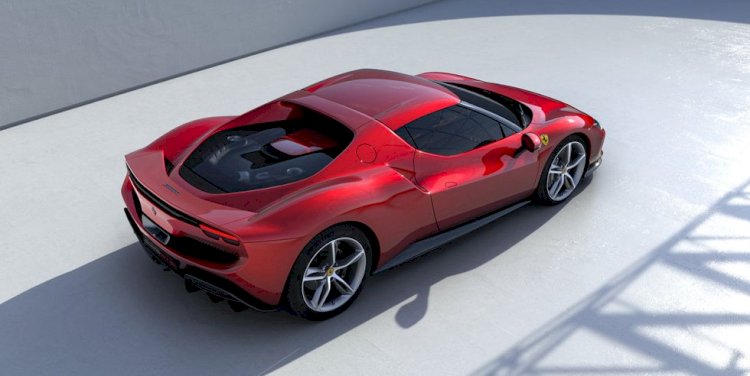
Having the turbos right on top of the engine also makes exhaust routing extremely straightforward. Because there are so few bends throughout the piping, exhaust gases can flow more freely, meaning more efficiency and greater power. Additionally, the manifold and the catalytic converter housings are made entirely from Inconel, reducing weight even further.
The simple exhaust piping is one of the reasons why Ferrari promises the engine will still create a satisfying sound. Here's how the company explains the noise:
"Even to those outside the car, the shrill sound of the engine is instantly recognisable. The first in the F163 engine family, this V-6 earned itself the nickname “piccolo V-12” (little V-12) during the development phase. The 120-degree V architecture guarantees a symmetrical firing order while the equal-length, tuned exhaust manifolds combined with the single exhaust line outside the hot-V amplify the pressure waves. These characteristics are what lend such purity to the orders of harmonics, which are further helped by a limiter that hits an impressive 8500 rpm. The patented “hot tube” has been completely redesigned for the 296 GTB and is positioned prior to the exhaust gas treatment systems so that it channels the pure sound into the cabin, further enhancing driver involvement and excitement."
Considering the audio we've heard of this engine in the past, we'll remain cautiously optimistic until we get some time behind the wheel.
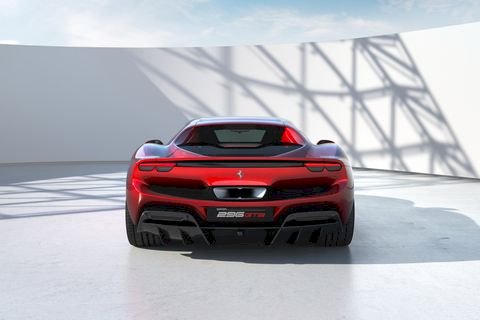
Using the eManettino, drivers can select four different modes for the powertrain: eDrive, Hybrid, Performance, and Qualify. eDrive, as the name suggests, powers the car solely by electricity, creating a rear-wheel-drive EV capable of going 16 miles at up to 84 mph. Hybrid, the default mode, mixes the gasoline engine and electric motors to maximize efficiency, while the Performance mode keeps the internal combustion engine on at all times and utilizes the battery and electric motor for maximum power. Qualify mode focuses even more on maximizing performance at the cost of lower battery recharging.
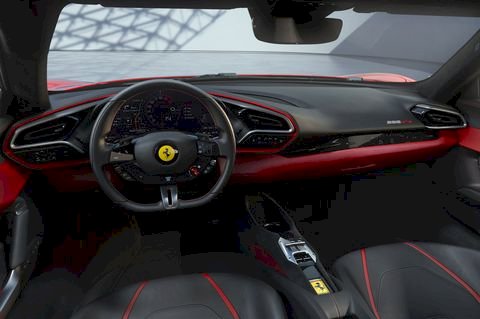
New aerodynamics include a rear spoiler inspired by the LaFerrari that can deliver up to 794 pounds of downforce at 155 mph in its most extreme setting. The brake cooling system has been integrated into the headlight design, with intakes under the daytime running light channelling cool air into the wheel wells. There is also the "tea tray" front end, which funnels air underneath the car to suck the 296 to the ground and boost downforce.
The 296GTB has a wheelbase around two inches shorter than Ferrari’s other mid-engine sports cars, which Ferrari claims will make it agile to drive. It also contributes to the squat, forward-leaning look. The 296GTB takes some design cues from past special editions like the J50 and P80/C, although the stance and side intake are reminiscent of the Alfa Romeo 4C. The rear end continues the rectangular taillight look started by the SF90 Stradale. The interior is clean and classic Ferrari and features entirely digital displays for both the driver and passenger.
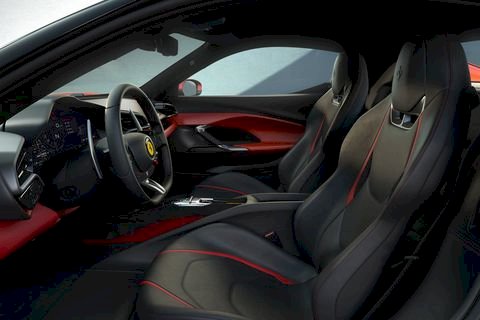
The 296GTB will also be available with a high-performance Assetto Fiorano package, which decorates the car in carbon fibre and features redesigned structures such as the door panels for weight savings of around 26 pounds. The package also adds a Lexan rear windscreen and adjustable Multimatic shock absorbers.
The 296GTB will be delivered in the left-hand drive to European customers starting in the first quarter of 2022 before spreading to other markets. European customers will pay the equivalent of $321,000 at current conversion rates, or $360,000 with the Assetto Fiorano package.
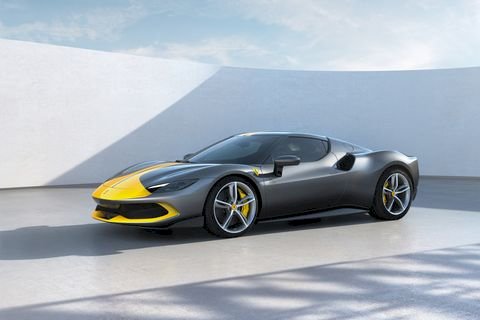
via Car & Driver / Road & Track
Check out our Google News give us a Follow
What do you think? leave your comments in the comments section at the bottom of the page.
All of our Magazine can be found on Amazon, they Print and Deliver it, Stance Auto can not be held responsible for the final print, all complaints and returns must be directed to Amazon.
UKTM no: UK00003572459
 Like
1
Like
1
 Dislike
0
Dislike
0
 Love
1
Love
1
 Funny
0
Funny
0
 Angry
0
Angry
0
 Sad
0
Sad
0
 Wow
1
Wow
1
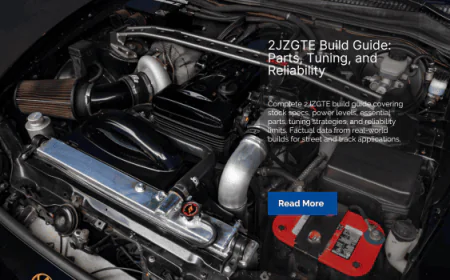








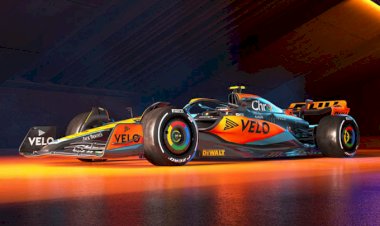





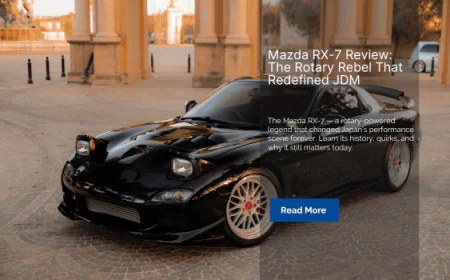
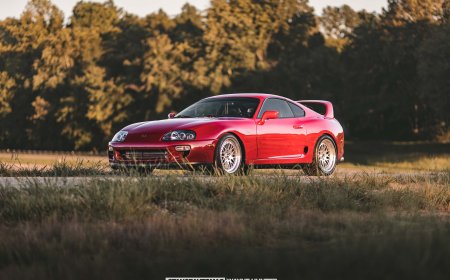


























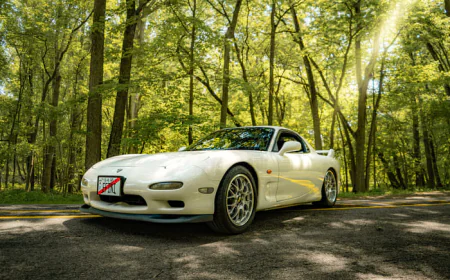




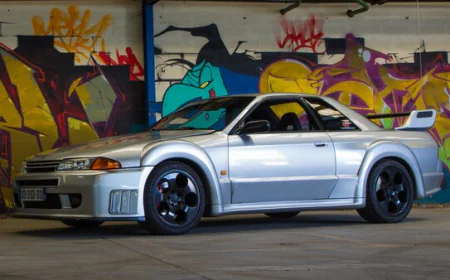

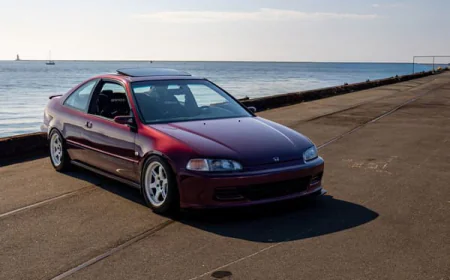
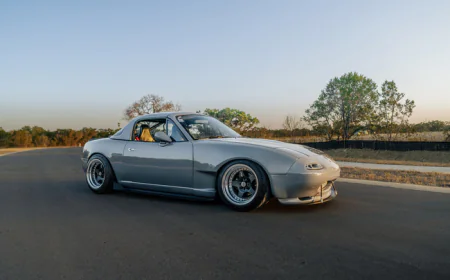

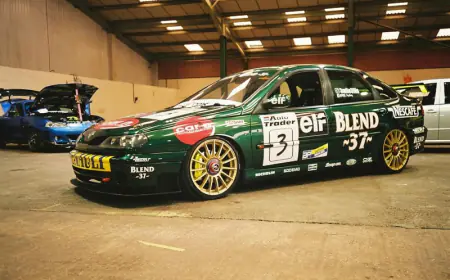





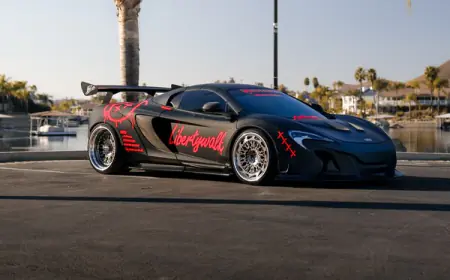





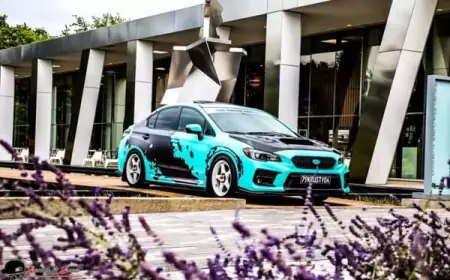


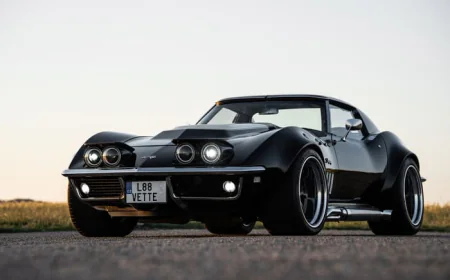
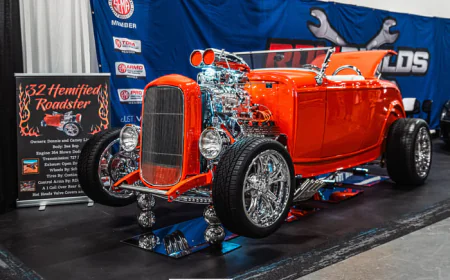








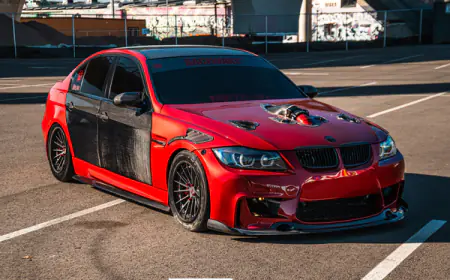

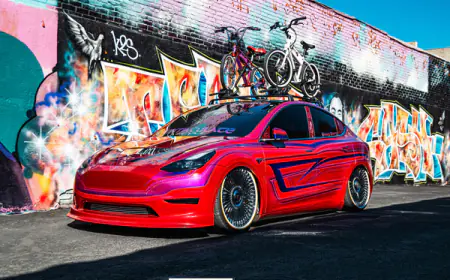



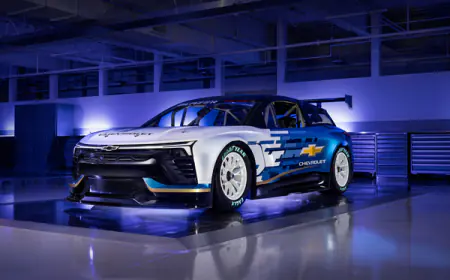




.png)












![[HOONIGAN] Ken Block's GYMKHANA NINE](https://img.youtube.com/vi/_bkX5VkZg8U/maxresdefault.jpg)























